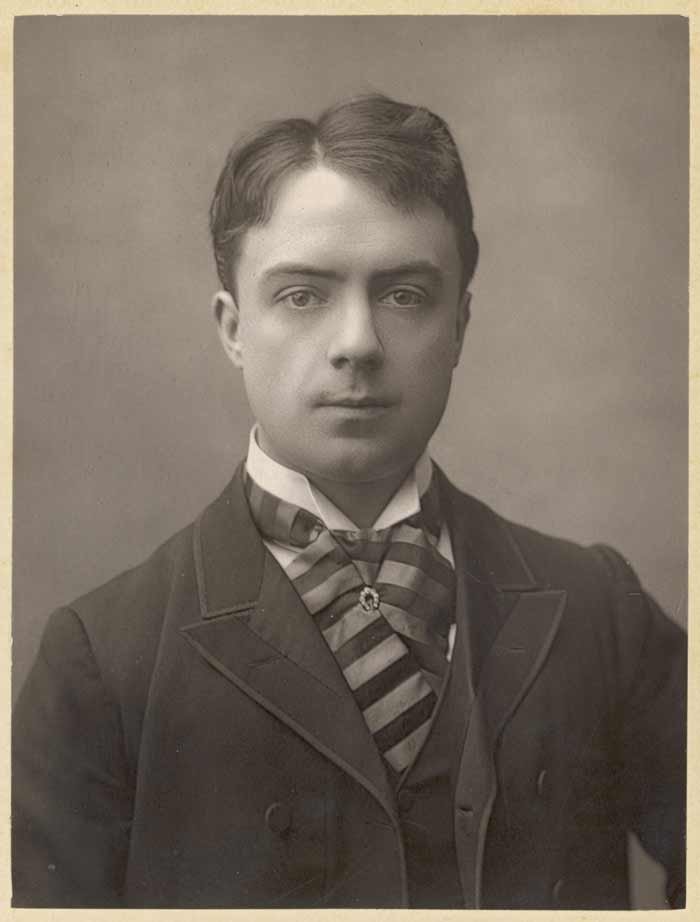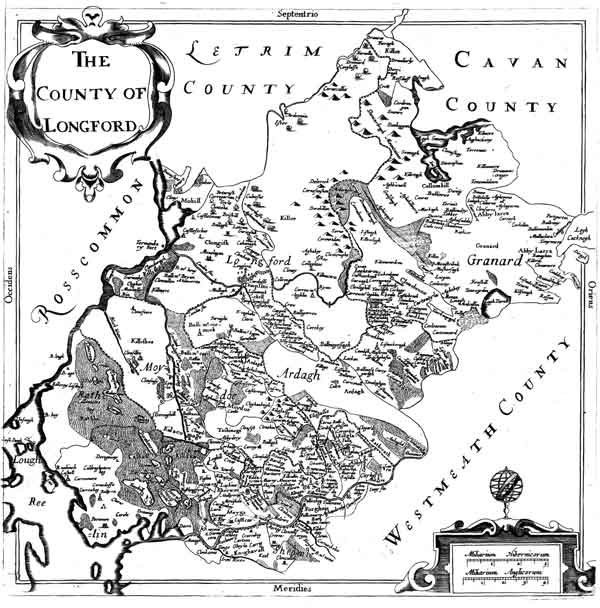William Edgeworth (1794–1829) an Anglo-Irish civil engineer.
William Edgeworth was born into a prominent Anglo-Irish family, with his father Richard Lovell Edgeworth and his third wife Elizabeth. Growing up in a large household, which included the renowned novelist Maria Edgeworth, William was exposed to a rich intellectual environment from an early age.

Following in his father’s footsteps, William initially pursued practical interests such as surveying. However, his passion soon shifted towards cartography, a field that allowed him to combine his love for precision and exploration.
One notable project that William undertook was the construction of the Church of Ireland parish church in Collon, County Louth. Collaborating with Daniel Augustus Beaufort, the father of Richard Lovell Edgeworth’s fourth wife, William worked alongside other skilled individuals like William Fletcher and Samuel Jones. Tragically, William Fletcher lost his life during the building process, highlighting the risks involved in such endeavours.

In addition to his involvement in church construction, William also dedicated himself to surveying work throughout Ireland. He conducted soundings in the River Inny and meticulously mapped out various bogs.
During this time, the Irish Bogs Commission was actively addressing issues of drainage and reclamation, and William played a crucial role in reporting on these matters. His expertise was highly regarded, and he produced notable maps of County Longford in 1813 and County Roscommon in collaboration with Richard Griffith.
Unlike some of his contemporaries, William encountered minimal opposition to his work in Ireland. This can be attributed to his tactful and communicative approach, which fostered positive relationships with local communities. By engaging with the people he encountered, William not only gained their trust but also ensured the success of his projects.
William Edgeworth’s contributions to the fields of surveying and cartography were both significant and commendable. His dedication to precision, his collaborative spirit, and his ability to navigate complex challenges made him a respected figure in his profession.
William Edgeworth, a distinguished engineer, was fortunate to have the support and guidance of William Strutt, a close friend and associate of his father through the esteemed Lunar Society. Strutt facilitated introductions for Edgeworth to two influential individuals, Peter Ewart and George Augustus Lee. Eager to expand his knowledge and experience, Edgeworth embarked on a visit to Lee’s mills in Manchester, where he gained valuable insights into the industry.
Subsequently, Edgeworth secured employment under the esteemed Alexander Nimmo, which led him to County Galway and County Waterford. It was during this time that he contributed to the construction of the Glengariff road, showcasing his expertise and dedication to his craft.
Recognizing his exceptional skills, Henry Habberly Price entrusted Edgeworth with the important task of surveying the River Tees in north-east England on behalf of the Tees Navigation Company from 1825 to 1827. This survey later proved instrumental in the development of the Stockton & Darlington Railway and was utilized for conservancy purposes by William Bald.
In a remarkable display of foresight, Edgeworth conducted an early railway survey in Ulster from Armagh to Newry in 1828, a full two years before similar endeavours were undertaken. This demonstrated his innovative thinking and commitment to advancing the field of engineering.
Edgeworth’s contributions to the engineering community were widely recognized, leading to his election as a member of the esteemed Institution of Civil Engineers in 1829. He was also a respected member of the Royal Irish Academy and the Royal Astronomical Society, highlighting his multidisciplinary approach to his work.
Notably, Edgeworth engaged in correspondence with the renowned William Rowan Hamilton, further solidifying his reputation as a prominent figure in his field. Incidentally, William Rowan Hamilton had been approached by Williams father to privately tutor his son but the request was declined citing the demands on Hamilton’s time.
Tragically, Edgeworth’s life was cut short, as he passed away unmarried at Edgeworthstown on April 21, 1829.
The best way to keep in touch and to be aware of our events
Don’t forget to confirm your subscription in the Email we just sent you!

Please pre-book your visit over Christmas at least 24h in advance via Email or Online booking.
MondayClosed
Tuesday10:00 AM - 5:00 PM
Wednesday10:00 AM - 5:00 PM
Thursday10:00 AM - 5:00 PM
Friday10:00 AM - 5:00 PM
Saturday11:00 AM - 5:00 PM
Sunday11:00 AM - 5:00 PM
Adult €7.50
Children 10 to 16 €3
2 Adults & 2 Children €15
Adult is 16 years+
Family Ticket is 4 family members together
Children under ten are free but must be accompanied by an Adult

The Maria Edgeworth Centre is operated under the direction of the Edgeworthstown District Development Association (EDDA) – a Not for Profit Voluntary Community based registered charity Reg:223373. Registered Charity Number 20101916
© 2023 Maria Edgeworth Centre – All Rights Reserved